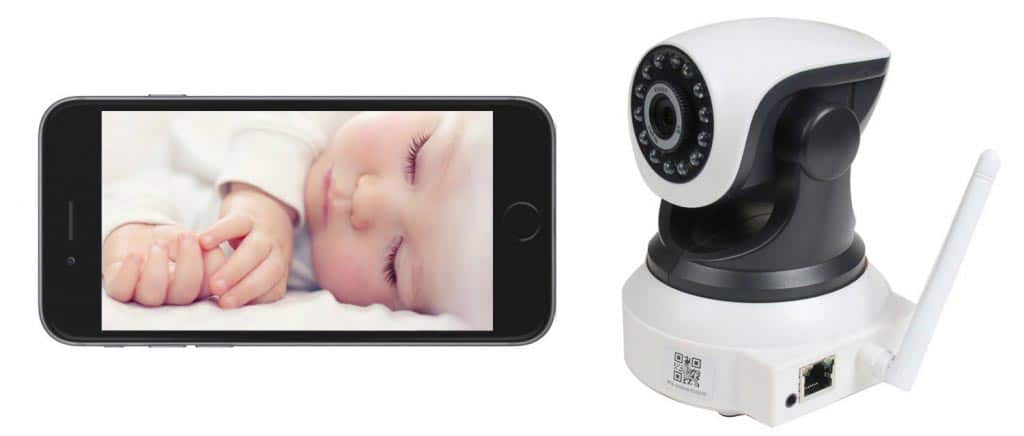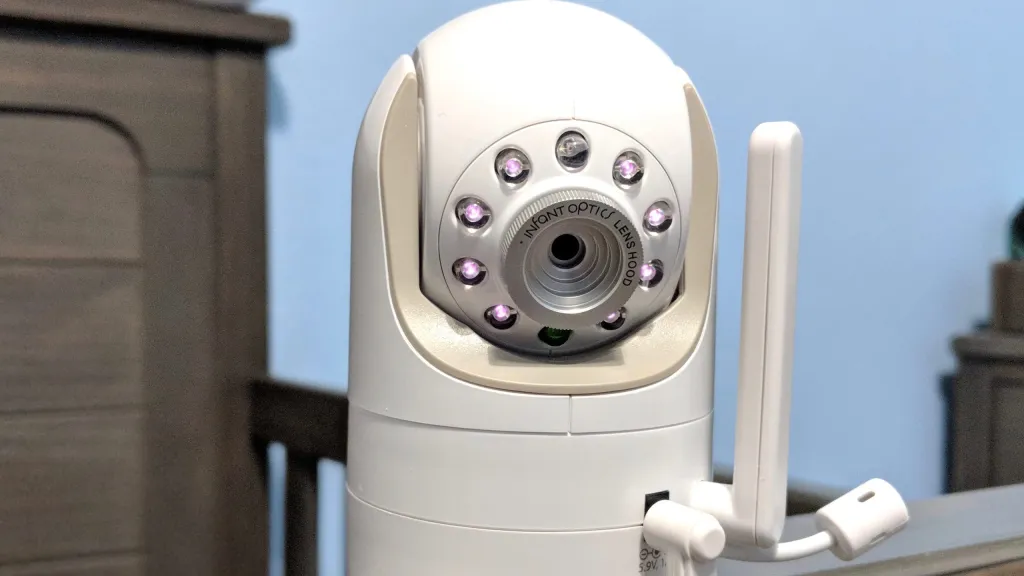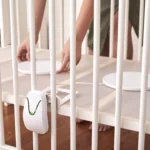Choosing a baby monitor is a personal decision that depends greatly on parenting style and needs. As new parents start setting up a nursery and gearing up for life with a newborn, selecting the right monitor to feel fully supported takes research and self-reflection. While the market offers countless options for audio-only, video, WiFi and non-WiFi models, stopping to understand one’s natural instincts as a guardian helps narrow the field. This guide explores non-WiFi monitors, which provide constant connectivity independent of internet networks. By learning to assess individual priorities and functionality desires, families can discern the optimum solution for their situation that bolsters calm assurance throughout baby’s earliest months.
Non-WiFi Baby Monitors Explained
Non-WiFi baby monitors allow parents to listen and watch over their baby using dedicated audio-only or audio/video monitors that communicate wirelessly between camera units and portable parent unit displays, without requiring an internet connection. This provides consistent monitoring since the signal transmission is not dependent on a WiFi network or cellular connection that could face interruptions. To properly choose a non-WiFi baby monitor, parents must assess their individual parenting needs and style to identify the necessary functionalities that will enhance their peace of mind and ability to care for their baby.

Assessing Your Parenting Needs and Style
Taking time for self-reflection helps parents pinpoint the specific needs that are most important to incorporate in a baby monitor based on their unique approach to parenting. Do they prefer to primarily receive audio alerts from the monitor, or do they want a visual verification of the baby? Are they more hands-on parents who will regularly check the monitor, or prefer less involved monitoring? Considering priorities around mobility, ability to get quick updates, or needing a less distracting monitor screen are important factors to determine the best-suited functions. Understanding one’s parenting tendencies is key to making a selection aligned with individual parenting styles and daily routines.
Audio vs. Video Monitors: Making the Choice
While an audio-only monitor can suffice for some parents who simply need discreet check-ins from outside the baby’s room through distant monitors placed in other rooms or areas of the home, an video monitoring option provides a greater sense of reassurance through added visual confirmation abilities. Video allows for monitoring breathing patterns, safely ensuring positioning, responding to non-verbal cues like signs of hunger or distress, as well as facilitating tasks like sign language lessons between parent and baby. However, video monitors tend to need recharging or battery replacement more frequently due to their power-usage. Both audio and video non-WiFi monitors fulfill the basic goal of monitoring alerts, but serve different definitions of peace of mind based on needs, requiring self-knowledge to determine the right choice.
Range and Portability Considerations
Every family has a unique parenting style and level of involvement with their baby. For parents aiming to be actively engaged throughout the home, longer range coverage on the monitor allows for meaningful bonding anywhere within the house. However, shorter range monitors may better suit parents looking for more occasional spot-checks on the baby. Portability also becomes especially important for actively parenting caregivers who need flexibility to monitor the baby while also participating in multiple activities. These families rely on compact, long battery life from their baby monitor. In contrast, stationary monitoring from a single room favors extended battery life over mobility. Honest self-assessment of priorities helps identify which range and portability aspects are most important.
Ease of Use and Setup
While intuitive, uncomplicated interfaces serve all caregivers well, frazzled parents coping with less sleep need setup processes that are as simple and streamlined as possible to avoid adding new stresses. Rigorous multi-step installations potentially frustrate exhausted guardians. Effortless connections between camera units and parent displays are important to establish immediate trust in non wifi baby monitors meant to reduce worries, not induce fresh concerns. Consideration of personal tolerance for technical complexities ensures the selected monitor enhances rather than disrupts the home’s equilibrium or natural parenting rhythms. Matching needs with soothing products aids confident, calm involvement.
Battery Life and Power Options
Families who require around-the-clock access to monitoring benefits from options like battery-backed parent units, spare rechargeable batteries, or the ability to plug the parent unit into an outlet for continuous power. In contrast, battery-powered parent displays suit parents on-the-go who need portable viewing without relying on an electrical outlet. Rechargeable battery packs keep mobile monitors charged during prolonged use like full days out. However, households counting on support from visitors appreciate extra alkaline batteries that can easily be swapped in by anyone assisting with baby duties. Self-awareness of individual power needs helps source the right solution avoiding dependence on unpredictable resources.

Sensitivity and Sound Quality
Attuned parents responding proactively to subtle signals require finely-tuned audio performance on their non wifi baby monitor. Occasional or less frequent users may find average sound quality still enables basic check-ins. However, crisper reception helps engaged caregivers identify even minor signs of waking or distress from fussy infants. Adjustable volume control benefits inclusion of ambient noise tailored the setting. Self-knowledge of individual listening preferences assists identifying specifications facilitating relaxed monitoring involvement undisturbed by doubts about missing soft sounds.
Additional Features to Consider
Visual or audio conveniences like temperature displays, built-in night vision, two-way talk functions, and lullaby/music players add value for families seeking customized capabilities. Identifying personally meaningful extras at various price-points empowers prioritizing attachment-focused monitoring through supportive addons. Conversely, discerning non-essential amenities saves budget optimizing core functions fueling natural caring interactions above all else. Self-assessment unveils superior value balancing delivery of intended benefits cost-effectively.
Making an Informed Decision
Commencing choice by examining individual parenting style highlights most needed characteristics. Reviewing product functions against criteria exposes options optimally fulfilling identified requirements. Hands-on testing of demo units validates compatibility. Relying on expert reviews and owner feedback guides objective comparisons. Self-knowledge enables sagely discerning which research-backed selection facilitates confident involvement through simplicity complementing an inherently magical parental role. Committing upfront to fully endorsed monitors bonds families through technology augmenting bond above instinct.
In Summary
Non-WiFi baby monitor selections aligning style and needs nourish relaxed caregiving through enlightened compatibility, not determinative rules. Self-examination unveils inspired matches between caregivers and tools fostering priceless infant relationships above anything else.










